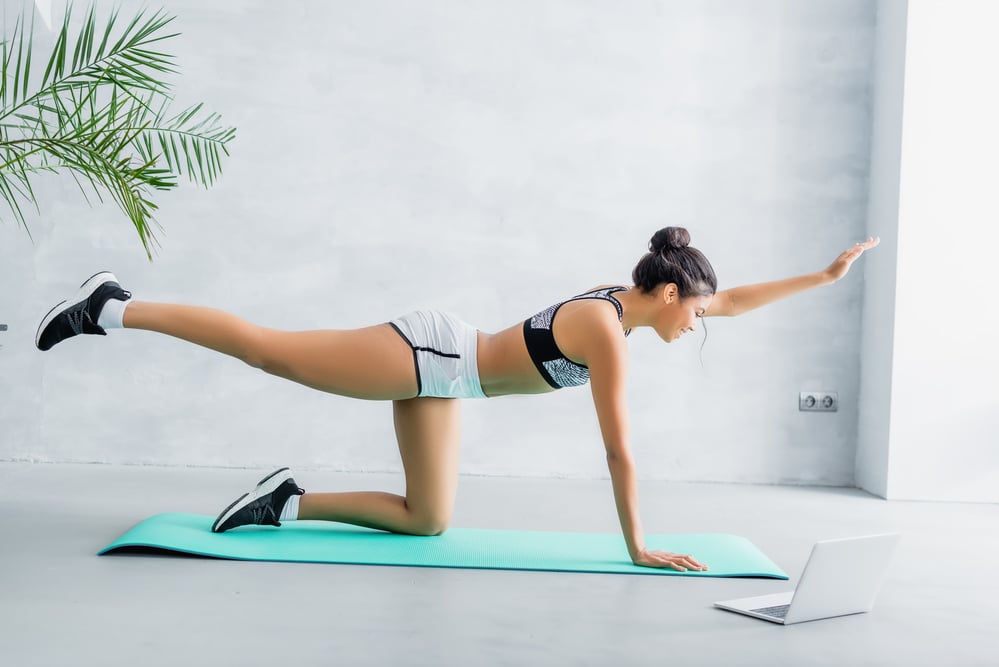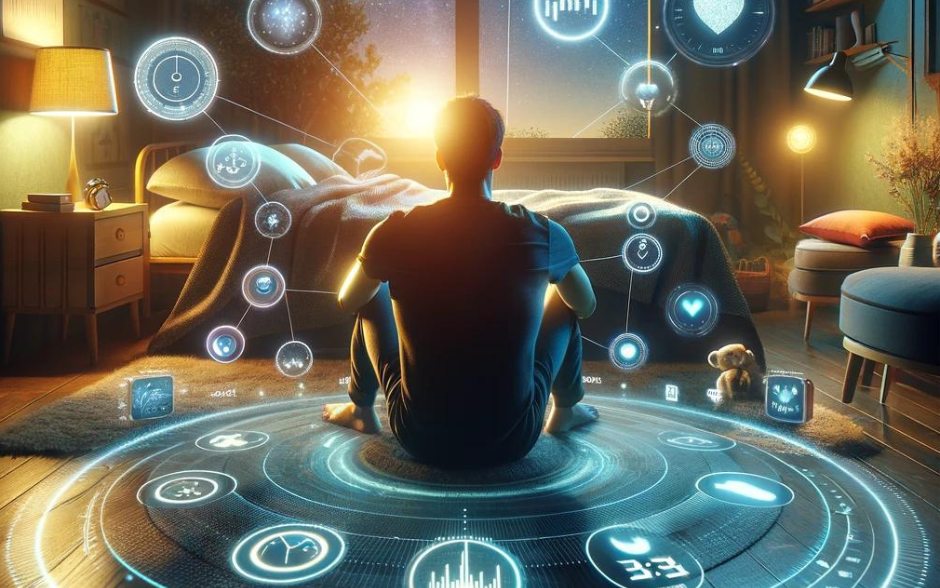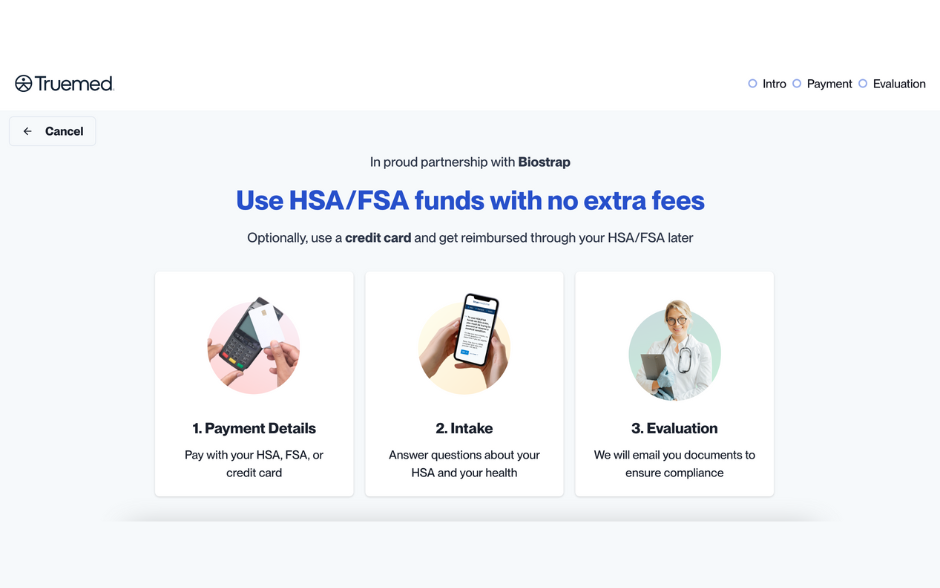Running a 26.2 mile marathon is on many bucket lists. Rooted in Greek history, the distance attained legendary status when Phidippides ran from Marathon to Athens to announce a victory. The word itself is a ubiquitous metaphor for any sustained effort. But for some people, 26.2 miles is not enough. In fact, it’s just the beginning.
Ultrarunning begins where the marathon ends. It’s defined as any distance greater than 26.2 miles.
But did you know that Phidippides was also the first known ultrarunner? He died suddenly after running more than 175 miles in two days (culminating in the marathon). That’s right, ultrarunning is so badass that the guy who invented it died doing it.
Phidippides’ death in 490 B.C. hasn’t discouraged the runners who’ve followed. The training is mind numbing. The trails rocky, remote, and arduous. There is little prize money or glory. “Some people think I’m crazy to run 100 mile races,” says ultra coach Keira Henninger, “I think I’m the luckiest person on the planet to experience a physical and emotional journey in the most beautiful landscapes in the world.”
So how hard is it to run 100 miles? And what happens to your body when you do?
Running an ultra is not for the faint of heart. Raceday risks include:
- Hallucinations
- Blurred vision
- Insect bites or stings
- Cuts and bruises
- Heart problems
- Respiratory ailments
- Dehydration
- Electrolyte imbalance
- Hyponatremia
- Hypothermia
- Gastrointestinal problems.
- Muscle cramps
- Stress fractures
- Blisters
Each organ of the body is impacted by the effort.
The Heart
Running an ultra stresses a runner’s heart during and after the race. Most finishers exhibit elevated Troponin I, which can indicate heart damage. There is continuing debate whether it causes lasting damage. Sustained exertion impacts each side of the heart differently. The left can become stronger through running. The right side, however, can dilate and weaken. For some vulnerable runners, this dilation and related scar tissue can cause cardiac arrest. There is a slightly elevated post-race risk of atrial fibrillation, an irregular heartbeat and temporary cardiac dysfunction.
In some regard, ultra are less risky than marathons. Marathoners spend the majority of their race at 75 to 85 percent of their maximum heart rate. Ultrarunners stay in the 50 to 65 percent range. This lower intensity lessens the risk of race day cardiac events.
Outside magazine calls the heart a Runner’s Ticking Time Bomb, reporting that one in 200,000 runners will experience cardiac arrest, and one in 50,000 will experience a heart attack from coronary artery disease during a marathon. For this reason, doctors recommend more pre-race screening.especially for ultra which tend to be held in remote areas away from trauma centers or critical care centers.
Heart attacks can mimic normal race exertion. Sweating, difficulty breathing, chest pain-all can be both normal parts of extreme running. Or signs of a heart attack. Gordon Tomaselli, a cardiologist at the Johns Hopkins Outpatient Center, explained an athlete’s ability to run right through all the warning signs. “”you can be totally asymptomatic, and your first symptom is sudden death.” It’s important for runners to be cardio-cleared before undertaking ultras.
Phidippides cardiomyopathy
The sustained cardiac effort of an ultra can tax the heart with volume overload. This syndrome is named for the speculative cause of death of the first marathoner, Phidippides.
Limbs and Joints
Ultrarunners average 5000 strikes of the foot to the ground per hour.. This has a colossal cumulative effect on the joints, especially the feet and knees. Stress fractures are common. Toenails often turn black and fall off. Joint pain may arise during the race and continue after it’s finish.
Muscles
Runners use glucose for energy. Lactate is a byproduct of the breakdown process, but can also be converted back into energy. At some point your body can no longer convert the lactate. Acidity in the muscles builds up. This is called the lactate threshold.
Arm fatigue can leave you unable to hold your water bottle.
Foot-eye coordination can help avoid stumbles and falls as muscles tire.
Central fatigue can strike, along with exercise-associated collapse syndrome, where a runner’s muscles simply stop working. Training before the race, and pacing and rest during the rest, is key to performance, recovery, and injury prevention.
Although the intense driven runners who seek out ultras are not naturally inclined to hold back or pause for a spell, resting smart can mean the difference between finishing the race or dropping out. Otherwise runners will ‘bonk’ or hot a wall, a full depletion of energy described as a “unique and instant kind of despair”. If your heart rate is too fast the heart is straining to maintain blood volume and deliver oxygen to your muscles. A slowing heart rate can signal fatigue as the pace slows and the body demands less oxygen. Appropriate pacing, hydration, and fueling promote a steady heart rate.
Mind over Matter
Training and race day efforts are overwhelmingly physical. But focus and mental toughness also play a significant role.
Tracy Gariepy ran 300 miles from North Carolina to Georgia to raise money for Girls on the Run. “The human body is capable of FAR more than you give it credit for,” says Tracy, “your mind will attempt to pull you out of the race long before your body really needs to. But you walk (or crawl) away from an ultra a different person than you were when you toed the starting line.”
Science has even quantified how much mental toughness counts. Measuring traits such as confidence, the sense of being in control, concentration, determination, and acceptance of responsibility, researchers found that mental fortitude accounted for 14% of racing success. The ability to set goals and refocus efforts significantly improved race results.
Our bodies naturally balance sodium and water. But the exertion of ultras can challenge this survival mechanism and our electrolyte balance.
Runners who finish 100 miles have temporarily abnormal (elevated) kidney values as they flush the remnants of broken muscles from their blood . Cola colored urine is a dangerous sign of possible rhabdomyolysis which can lead to organ failure. Weight gain during a race is another signal that runners are not sufficiently excreting water and salt.
Runners in hot climates are 10 times as likely to have a brain centered heat stroke than a cardiac event. Hydration, cooling, and salt intake can prevent a life threatening event.
Caloric Intake and Digestion
Unlike shorter distances where runners can get by on the odd post-race banana, ultra runners need as much as 80g of carbs an hour to maintain their energy. Runners are burning 400 -600 calories an hour. They need supplemental calories to replace the glycogen depletion. Ultra aid stations can resemble picnics with sandwiches, pasta, burgers, candy, even beer. to eat during the race.
This food poses a special problem for the ultra runner. But running triggers the parasympathetic response. Adrenaline courses through the body. Blood moves away from the internal organs to fuel and oxygenate the muscles. This dulls appetite and slows digestion. 60 percent of runners will get nauseous, perhaps from lactate build up as they reach the lactate threshold.
“You must keep eating,” says ultrarunning expert Kieran Alger, “It’s a horrific notion and a cruel trick but the thing you desire least is the thing that’s going to cure you.” As cortisol levels rise the body targets fat stores to prevent muscle fatigue.
Sleep
Sleep deprivation. It’s possible the hallucinations experienced by some ultrarunner are the body’s attempt to make up for lost sleep. Dean Karnazes author of “The Road to Sparta” has run for three days and three nights straight. He said eventually he ends up sleep running: “falling asleep while in motion, and I just will myself to keep going.”
Remote settings complicate emergency medical treatment. Race doctors need to be ready for everything from trauma, acute coronary syndrome, heat stroke, hypothermia, hypoglycemia, exercise-associated hyponatremic encephalopathy, severe dehydration, altitude illness, envenomation, anaphylaxis, and bronchospasm.
Besides the physical and mental risks, ultra runners face environmental dangers on the trail: from lightning, falls and animal attacks. This is not hypothetical. In June 2016 a trail runner was killed by a bear in Alaska.
In 2014 Adam Campbell finished third in the Hardrock 100 ultra distance trail run, after being struck by lightning at mile 60.
An Old Man’s Game?
UltraRunning Magazine reports two thirds of the runners are men, and more than half are over 40. Unlike shorter distances where youth and speed are an advantage, ultras rewards patience and conservation of resources When it comes to pacing and planning, experience counts.
Born to Run?
Author Chris McDougall says humans are born to run. But he acknowledges, “Usain Bolt can get his ass kicked by a squirrel. That would be an Olympic event: turn a squirrel loose, whoever catches it gets a gold medal.” What’s remarkable is that women become more competitive as distances get longer, and older man can complete ultras at speeds comparable to their youth.
Training
Racing an ultra requires obsessive focus. MMA Fighter Jayquan Jackson stresses preparation: “80% of your muscles are made in the kitchen,“ he says. “Even if you are in great shape, don’t expect to just wake up one day and be a marathon runner. There will be many days where you don’t feel like running, many days where you don’t want to get up, and many days where the idea of going outside makes you want to shove cake in your face until you pass out. Consistent boosts of motivation is key.”
When it comes to training, a focus on time not miles can ensure a runner is ready but not overtrained.
“Burning around 14,000 calories in a day is a challenge,” says Carson Robertson an ultra runner and chiropractor, “and doing it without serious injury takes training.” Robertson, who teaches Anatomy and Physiology adds, “To me 100 miles is like motorcycles. You either get it or you don’t.”
Shawn M Talbott, PhD has completed more than a dozen ultra marathons. “I like ultras more for the mental challenge than for the physical challenge, “ says Talbott, a nutritional biochemist, “they are almost certainly not “good for you” in terms of health effects – but they are very good for the “soul” and for finding your mental limits.”
Other Races
An ultra race is any distance over a marathon’s 26.2 miles. There are many varieties.
The Longest Race
The Self-Transcendence 3100 mile race is the world’s longest certified footrace.Entrants run from 6am to midnight for 52 days. They must average 60 miles a day.
The Secret Race
Barkley Marathons, the world’s toughest and most secretive trail race was featured in a documentary. “The only prize,” says the The New York Times, “is that after 100 miles, they get to stop.” Also known as The Race that Eats its Young, the entry procedure is an off-putting complex mystery, many runners get lost, and less than 2% finish.
Triumph of the Human Spirit
That an ordinary person can physically train to run 100 miles for three days and nights is amazing. The fact that folk continue to seek these races out, and finish them, is a testimony to human will and aspiration.
Blisters? Heatstroke? Bear Attacks? Endurance running is not for everyone. It offers an exquisite intersection of mental challenge and physical prowess. Those who can do it, often choose to do it again.
“You could experience 10 hours of rain, 12 hours of sun, a headwind for 50 miles,” says running coach Kyle Kranz. “It’s cliche, but upon completion of your first ultra marathon, you sort of get a sense that you’re pretty fricken awesome and capable of more than you thought.”
And that’s exactly why, hard as these ultra races are, folk will continue to run them.

























